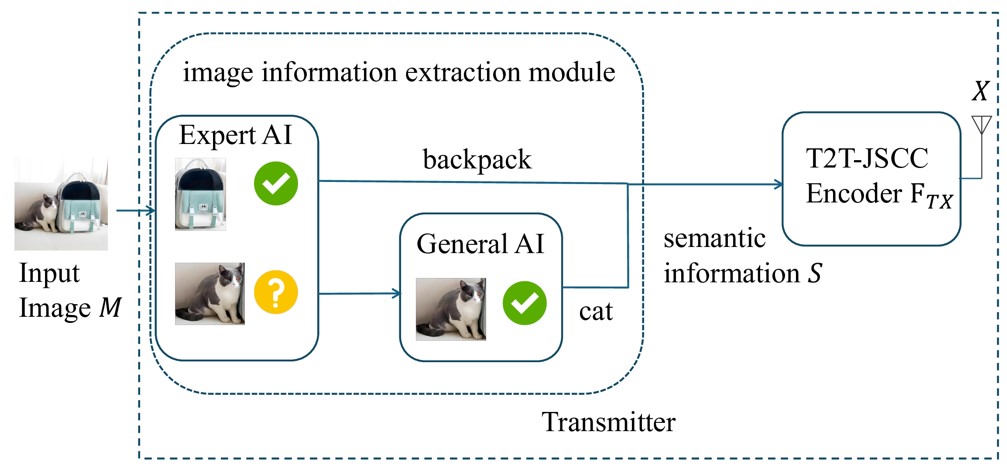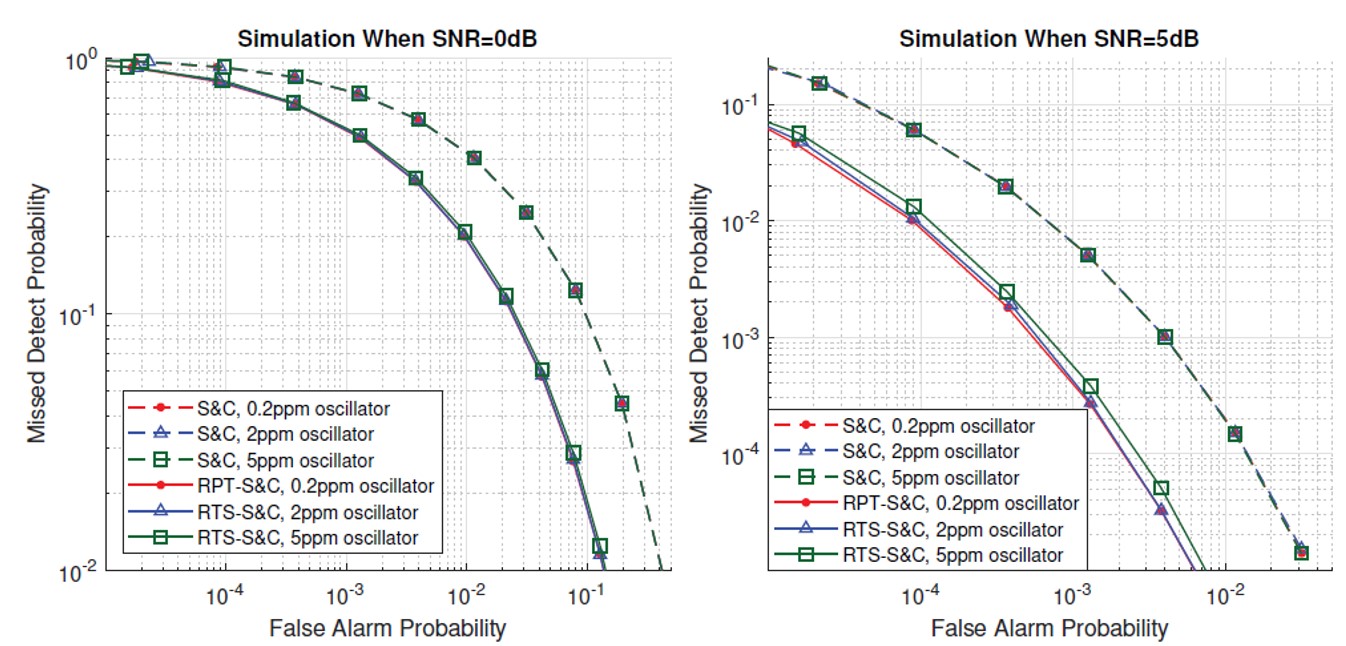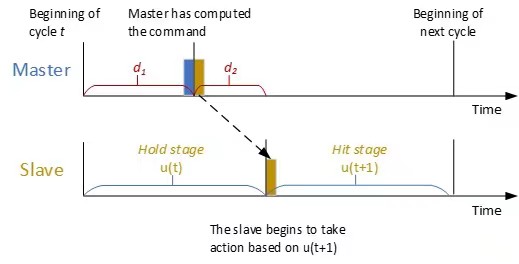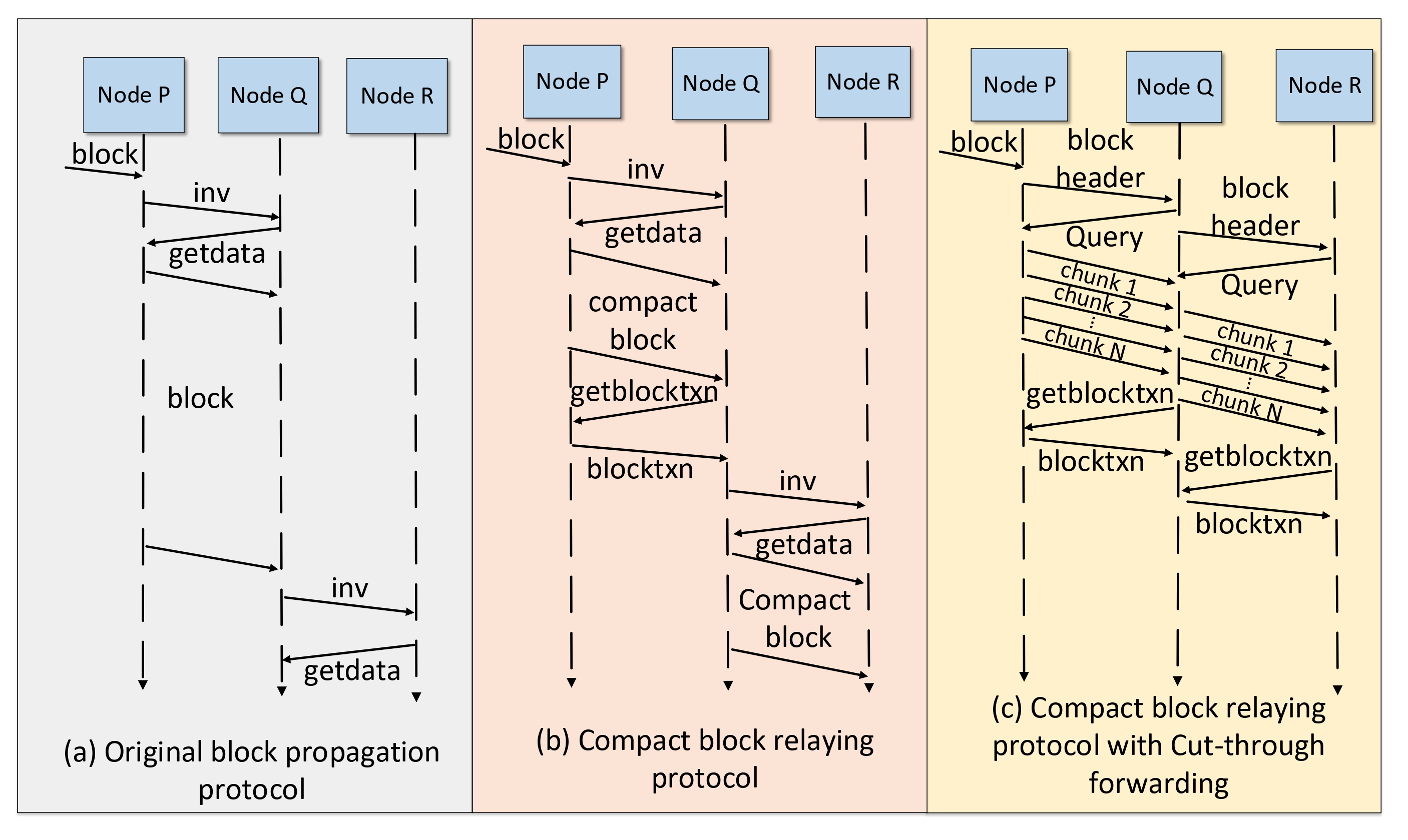The flavor of the research in our group is one that mixes experiments with theories. We like to look for interesting and practically relevant theoretical problems to solve from our experimental results.
AI4Net & Net4AI
The Power of Large Language Models for Wireless Communication System Development

While recent studies have demonstrated the ability of LLMs to generate hardware description language (HDL) code for simple computation tasks, developing wireless networking prototypes/products via HDL poses far greater challenges because of the more complex computation tasks involved. We aim to address this challenge by investigating the role of LLMs in FPGA-based hardware development for advanced signal-processing algorithms in wireless communication and networking.
LLMind-Orchestrating AI and IoT with LLMs for Complex Task Execution

The exploration of large language models (LLMs) for task planning and IoT automation has recently gained significant attention. However, existing works suffer from limitations in terms of resource accessibility, complex task planning, and efficiency. In this line of research, we present LLMind, an LLM-based AI agent framework that enables effective collaboration among IoT devices for executing complex tasks.
Addressing Out-of-Distribution Challenges in Image Semantic Communication Systems with Multi-modal Large Language Models

We find that the prevalent out-of-distribution (OOD) problem, where pre-trained machine learning (ML) models are applied to unseen tasks outside the distribution of training data, may compromise the integrity of semantic compression in semantic communication schemes. We propose a novel image semantic communication system that utilizes multimodal large language models (MLLMs) to address the OOD issue in image semantic transmission.
Uncertainty-of-information Scheduling

AoI is motivated by the fact that in many modern communications and control systems, particularly those used to support remote industrial processes, automation, and IoT applications, what fundamentally matters is not throughput or delay; instead, it is the freshness of information collected from the remote processes that counts. Importantly, AoI as a performance measure is related to, but yet distinct from, the low latency requirement in 5G Ultra-Reliable Low Latency Communication (URLLC) . For AoI, the rate at which the information from the remote process ages also matters, not just the latency induced by the communication system.
UoI, the performance metric of focus in this project, is a twist to AoI. We argue that the freshness of information is not necessarily related to the age of the information, just like some food goes stale quickly while other food remains fresh for a long time. If we know the “coherence time” of the remote processes, we can make better decisions on when to collect information from them, allowing efficient utilization of the underlying communication and computing resources to ensure the freshness of information at a monitoring center.
Wireless Industrial Networks
Reliable Packet Detection for Random Access Networks

The stringent requirement for ultra-reliability in industrial communication poses a severe challenge for random access: a receiver should neither miss an incoming packet nor get falsely alarmed by noise or interference. Currently, many academic investigations and industry applications rely on the conventional Schmidl-and-Cox (S&C) algorithm and its variants for packet detection. However, S&C was originally developed for single-antenna receivers and lacks a rigorous analytical framework for the extension to multi-antenna receiver settings. This paper is a revisit and enhancement of S&C to fill this gap.
Efficient FFT Computation in IFDMA Transceivers

Interleaved Frequency Division Multiple Access (IFDMA) has the salient advantage of lower Peak-to-Average Power Ratio (PAPR) than its competitors like Orthogonal FDMA (OFDMA). A recent research effort of ours put forth a new IFDMA transceiver design significantly less complex than conventional IFDMA transceivers. Although our prior work has laid down the theoretical foundation for the new IFDMA transceiver’s structure, the practical realization of the transceiver on specific hardware with resource constraints has not been carefully investigated. This paper is an attempt to fill the gap.
Achieving Synchronized Motion of Multiple Robots Enduring Time Delay and Packet Loss for Cooperative Transportation

We introduce a "hold-and-hit" communication-control framework to synchronize robot movements in a manner that is robust against wireless network delays and packet loss. The hold-and-hit framework lays the groundwork for navigating multi-robot formations along complex curvilinear paths, particularly executable on microprocessor platforms such as Robotic Operating System (ROS) via wireless networks.
Wi-LiFi-Integrated Optical Wi-Fi for Enhanced Mobile Robotic Communications

The field of robotics and automation heavily relies on effective communication among multiple robots to accomplish collaborative tasks. However, communication interference often poses a challenge in multi-robot systems, especially when using traditional wireless technologies such as Wi-Fi and Bluetooth. To overcome these limitations, Optical Wireless Communication (OWC) has emerged as a promising solution, offering virtually unlimited spectrum resources and high spectral efficiency. While existing OWC products focus on fixed point-to-point communication, this paper presents a novel design and implementation of an omnidirectional optical transceiver for inter-robot communication in mobile scenarios.
Real-Time Time-slotted System on SDR (RTTS-SDR)

RTTS-SDR is a system that we implemented on PC-USRP using GNURadio. It can achieve synchronization among nodes and aligned their time slots to within 100ns, and the end-to-end latency can be down to 3.75ms.
A Just-In-Time Networking Framework for Minimizing Request-Response Latency of Wireless Time-Sensitive Applications

This project puts forth a networking paradigm, referred to as just-in-time (JIT) communication, to support client-server applications with stringent request-response latency requirement. Of interest is not just the round-trip delay of the network, but the actual request-response latency experienced by the application.
Physical-layer Network Coding (PNC)

PNC is about applying the principle of NC by allowing EM waves to add up physically in a wireless broadcast situation. we provide a real-time implemnetation of PNC in this project. Details of the Source code of RPNC can be found in the project page.
Blockchain ad Cryptos
Speeding up Block Propagation in Bitcoin Network: Uncoded and Coded Designs

In this work, we redesign the current Bitcoin’s networking protocol to increase TPS without changing vital components in its consensus-building protocol. In particular, we improve the compact-block relaying protocol to enable the propagation of blocks containing a massive number of transactions without inducing extra propagation latencies. Our improvements consist of (i) replacing the existing store-and-forward compact-block relaying scheme with a cut-through compact-block relaying scheme; (ii) exploiting rateless erasure codes for P2P networks to increase block-propagation efficiency.
